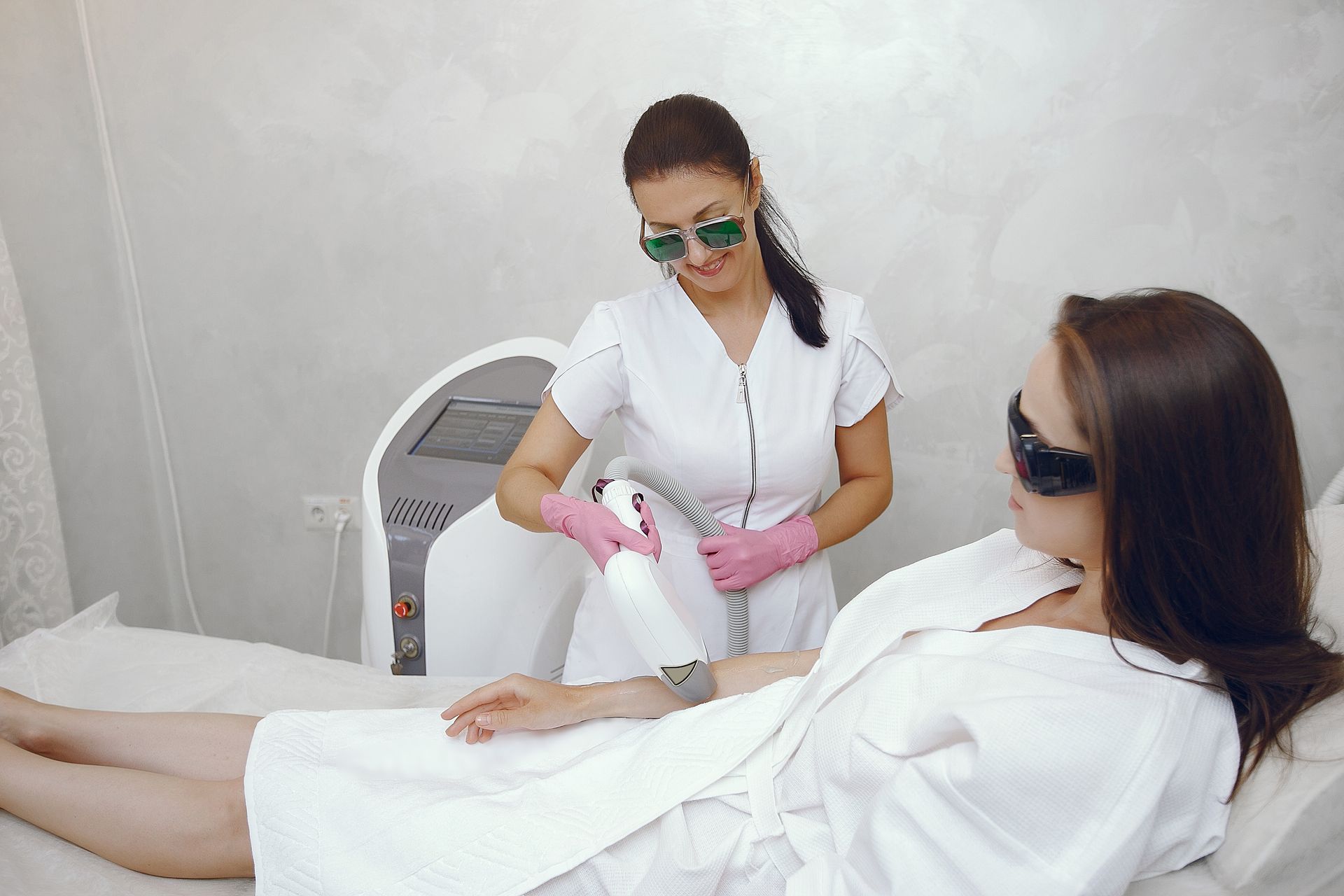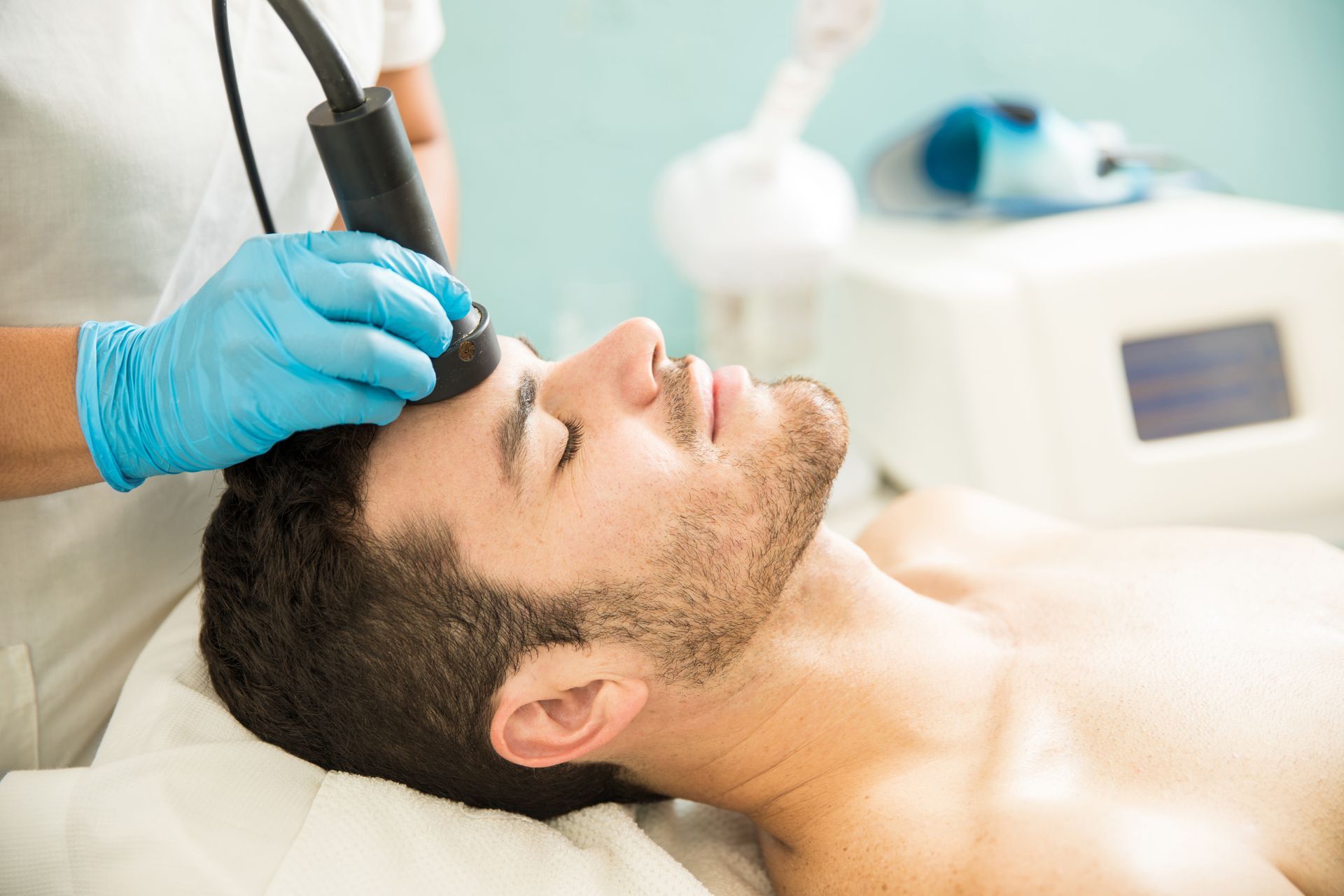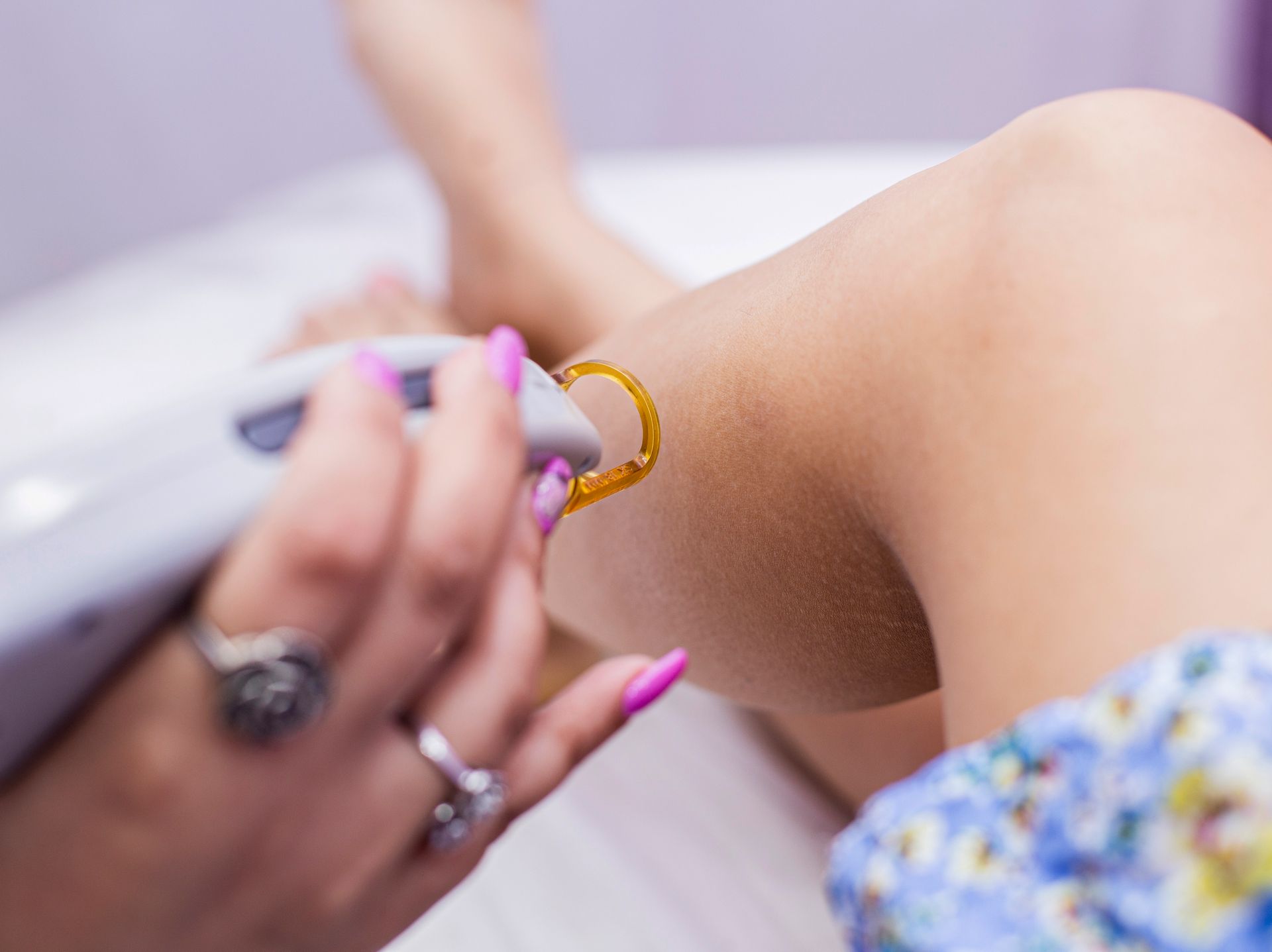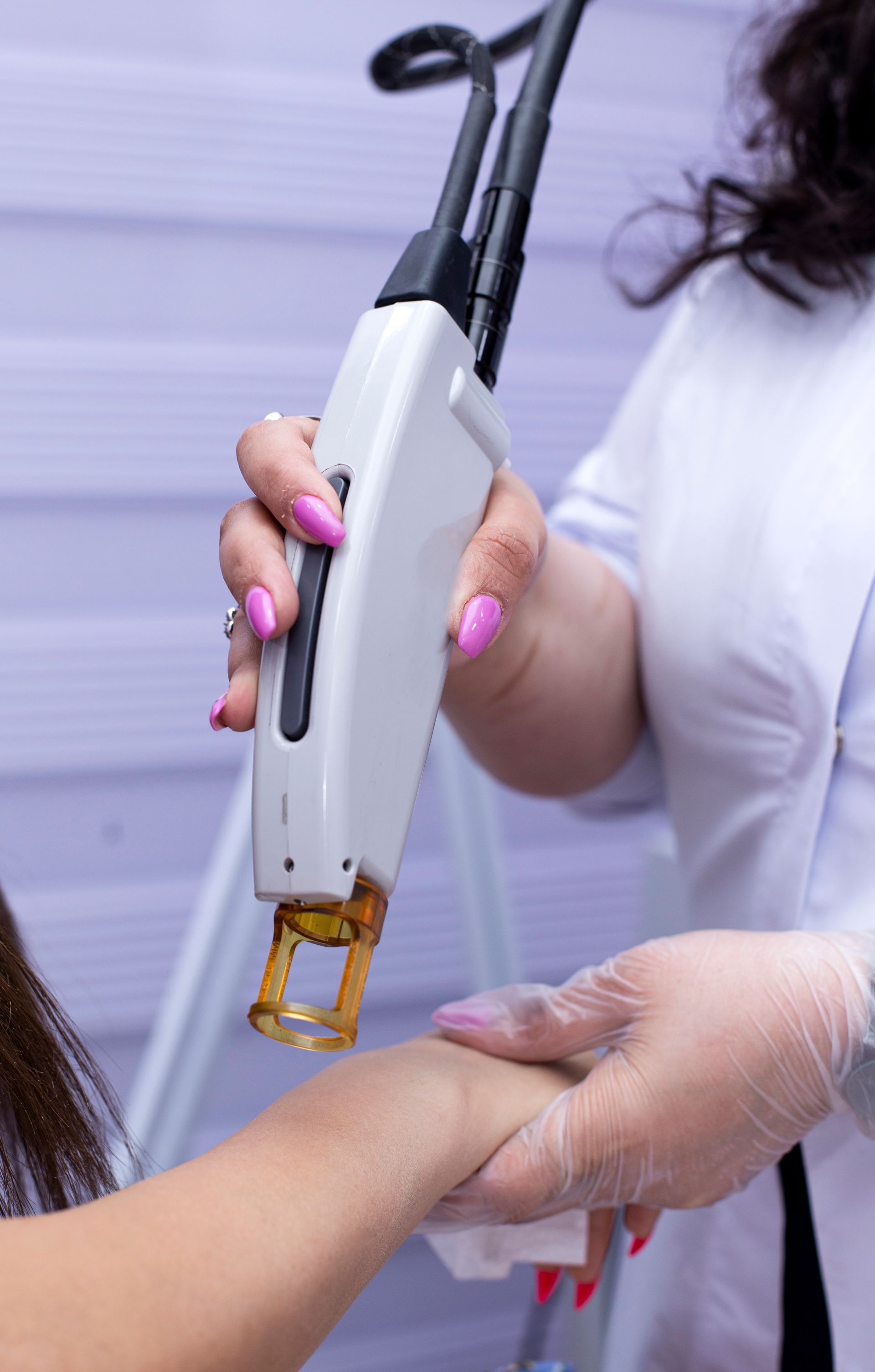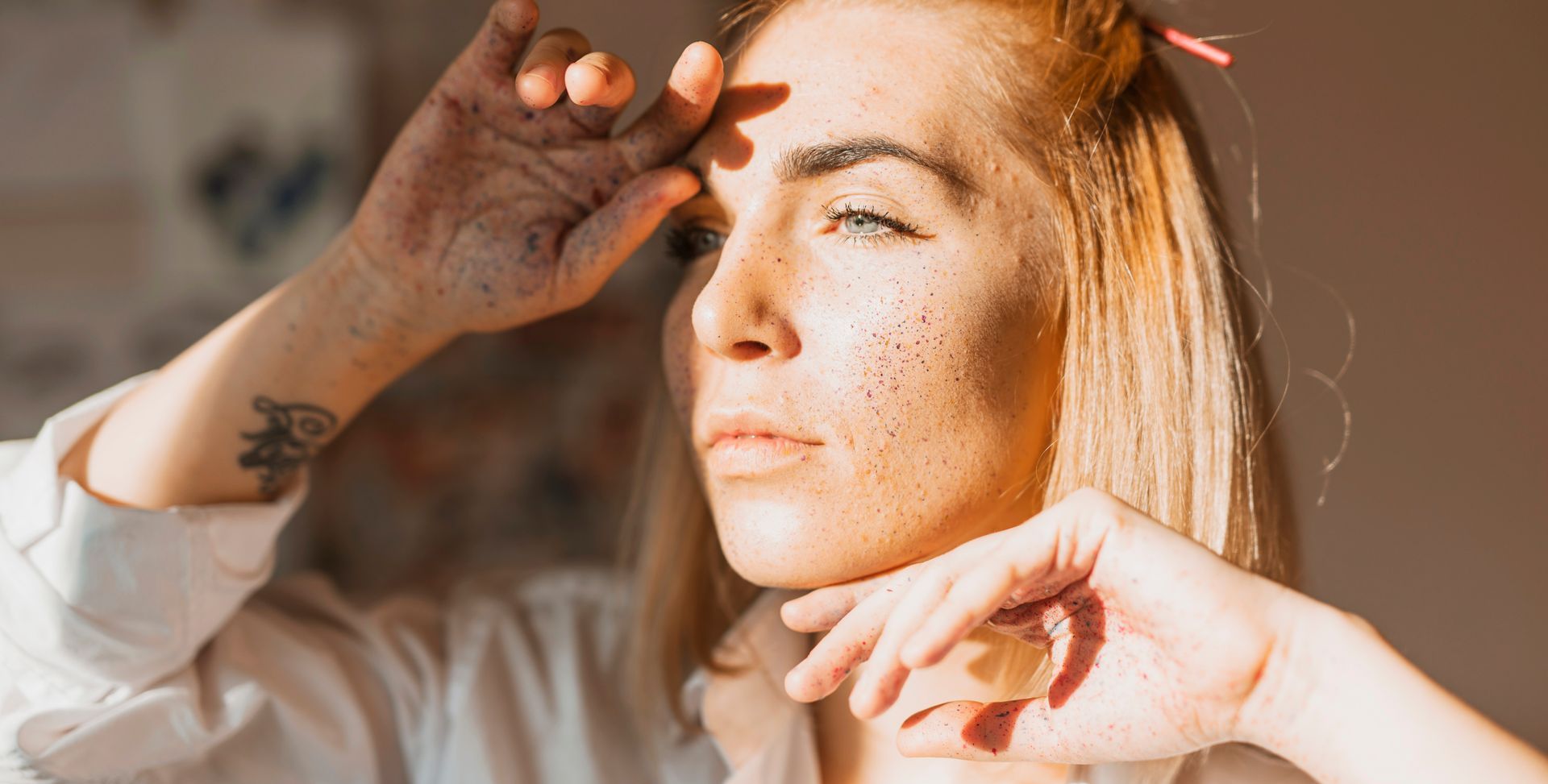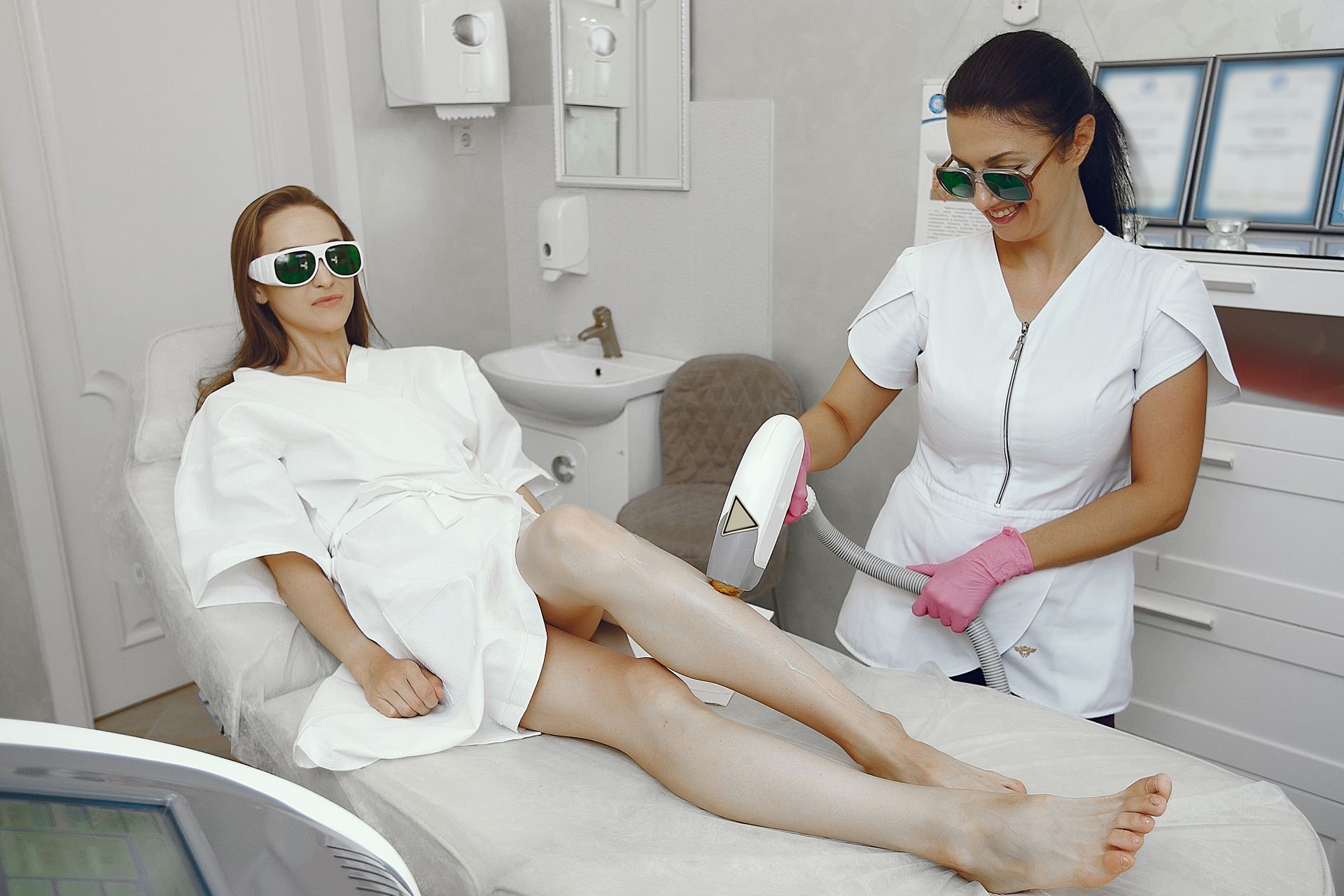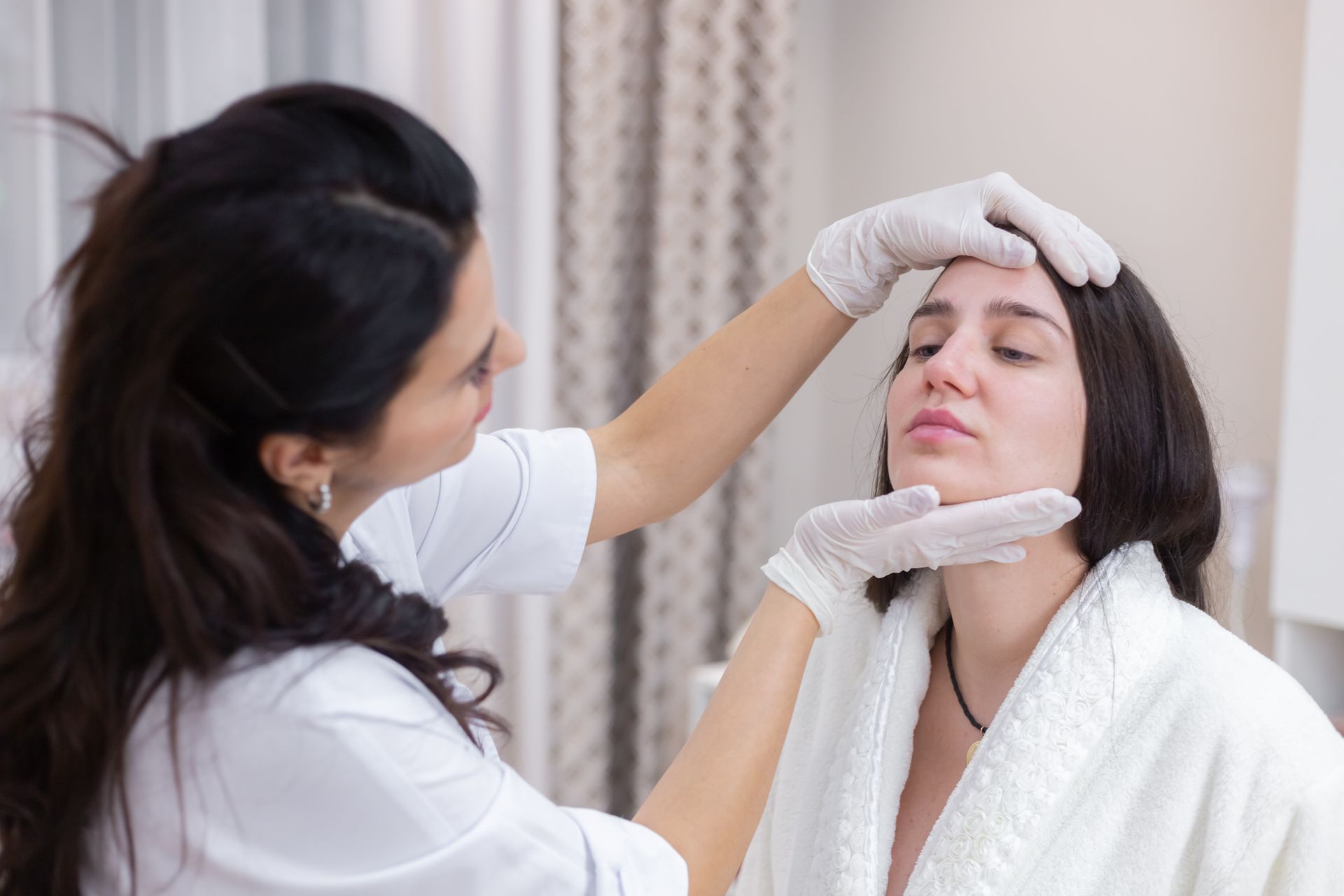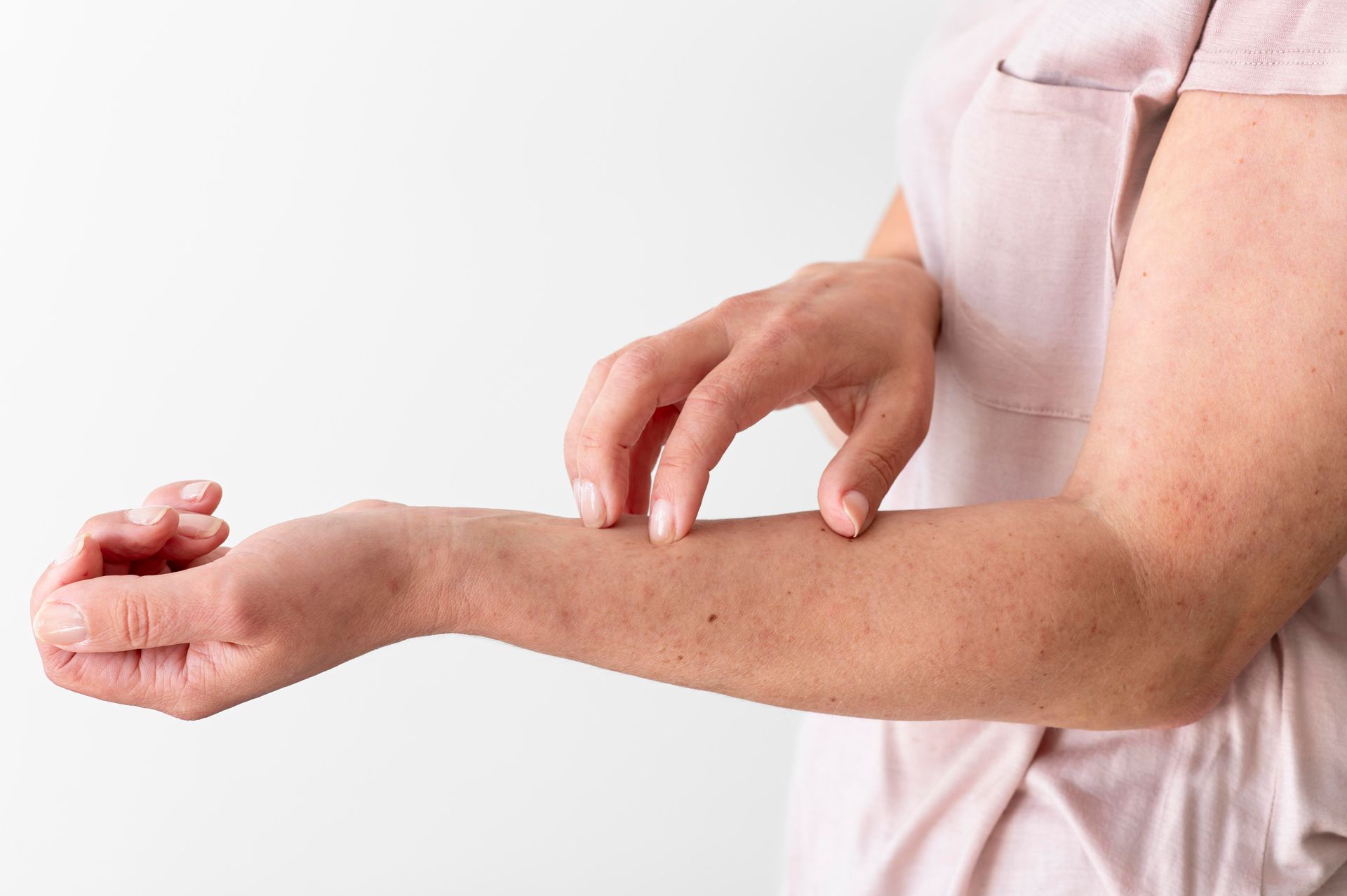What Does Shedding Mean After a Laser Session?
If you’ve recently had a laser hair removal session, you might notice tiny hairs “falling out” days or weeks later — and wonder if something went wrong. Don’t worry; this process is called shedding, and it’s actually a sign that the treatment is working exactly as it should.
In this guide, we’ll break down what shedding means, when it happens, how to tell it apart from regrowth, and what to do (and avoid) during this stage for the smoothest, healthiest results.
What to do if laser hair removal burned your skin slightly?
Understanding What “Shedding” Means in Laser Hair Removal
When laser light targets a hair follicle, it heats and damages it from the root. However, that doesn’t make the hair disappear instantly. The hair shaft — the visible strand above the skin — remains in place for a while.
Over the next few days or weeks, your body naturally pushes these damaged hairs out of the follicle. That’s shedding — a normal, temporary stage where treated hairs fall out on their own.
It’s your body’s way of clearing out the old, inactive hairs after laser energy has done its job.
When Does Shedding Happen After Laser Hair Removal?
Typically, shedding begins around 7 to 14 days after treatment, though it can vary slightly based on your hair and skin type.
- For most people, shedding peaks around the second week after a session.
- On finer areas (like the face), it may happen sooner.
- On thicker areas (like legs or bikini line), it may take up to 3 weeks.
After the shedding phase ends, your skin usually feels smoother, and you’ll notice patches with little to no hair growth.
Shedding vs. Regrowth: How to Tell the Difference
It’s easy to confuse shedding with new hair growth, but they’re not the same thing. Here’s how to tell:
SheddingRegrowthHappens within 1–3 weeks after treatmentHappens 4–6 weeks after treatmentHairs fall out easily when rubbed or washedHairs grow from the follicle againFeels like tiny stubble or loose hairsFeels like active new growthIndicates the treatment workedIndicates the next growth cycle has begun
If you gently rub your skin with a towel or exfoliating mitt and notice loose hairs coming out, that’s shedding — a good sign that follicles were effectively targeted.
Why Does Shedding Matter?
Shedding is an important milestone because it tells you that:
- The laser successfully destroyed active hair follicles (in the anagen or growth phase).
- Your body is releasing damaged hairs naturally.
- The treatment is moving you one step closer to smoother, longer-lasting results.
However, it’s worth noting that not all follicles are active at the same time — which is why multiple sessions are needed. Each laser session targets a new batch of hairs entering the growth phase.
How to Help the Shedding Process Along (Safely)
You can gently support the shedding phase without irritating your skin.
1. Exfoliate Gently After a Few Days
Wait at least 3–5 days after your laser session, then begin using a mild exfoliating scrub or loofah 2–3 times a week. This helps remove dead skin cells and lets loose hairs fall out naturally.
2. Keep Skin Hydrated
Moisturized skin heals better and prevents ingrown hairs. Use fragrance-free lotions or aloe vera to maintain smoothness and comfort.
3. Take Warm Showers
Warm (not hot) water can soften the hair and skin, helping the treated hairs shed faster.
4. Avoid Waxing or Plucking
Let the hairs fall out on their own. Waxing or tweezing can disturb the follicles and slow your progress. Shaving, however, is safe between sessions if needed.
Can laser hair removal cause small bumps or acne-like spots?
Common Questions About Shedding After Laser Hair Removal
Does shedding mean the hair is gone permanently?
Not entirely — at least not yet. The hairs that have been destroyed won’t grow back, but remember, not all follicles were active during your last session. That’s why you’ll need several treatments spaced a few weeks apart for complete, lasting results.
Is it normal for shedding to be uneven?
Yes. Some areas may shed faster or more completely than others because of variations in hair density and growth cycles. Don’t worry — later sessions will help even things out.
Can shedding cause itching or small bumps?
Mild itching or tiny bumps can happen as the hairs push through the skin. Use aloe vera, a gentle moisturizer, or a cold compress to soothe irritation. Avoid scratching or scrubbing too hard.
Can I speed up shedding by exfoliating aggressively?
No — harsh scrubbing can irritate freshly treated skin. Stick to gentle exfoliation and patience; the process happens naturally over a couple of weeks.
What If the Hair Doesn’t Shed After Laser Hair Removal?
If you don’t notice shedding after two or three weeks, don’t panic — a few things could be happening:
- The hairs might be too fine or light to notice visibly.
- The laser may not have targeted those follicles effectively (which can happen with lighter or gray hair).
- The hair could be in a different growth phase and will be treated in the next session.
Your technician can assess during your next appointment whether the laser settings or timing need adjustment.
How Long Does Shedding Last?
The shedding phase typically lasts 7–20 days, depending on your skin, hair type, and treatment area. After this, you’ll enjoy several weeks of smooth skin before new growth cycles begin and your next laser session is due.
Over time, each round of shedding becomes lighter and less noticeable — a sign your hair growth is permanently reducing.
Tips for Healthy Skin During the Shedding Stage
- Stay out of the sun. Treated skin is sensitive; protect it with SPF 50+ when outdoors.
- Avoid tanning or self-tanners. They can interfere with future treatments and increase irritation.
- Skip harsh skincare products. Avoid retinol, acids, or strong exfoliants for at least a week.
- Wear loose, breathable fabrics. Friction can aggravate the shedding area.
The Takeaway: Shedding = Progress
Shedding after laser hair removal isn’t something to worry about — it’s proof that the laser targeted your follicles effectively. As your skin releases those old hairs, you’re moving closer to long-term smoothness and freedom from constant shaving or waxing.
Just remember: patience, gentle care, and consistency between sessions are the real keys to great results. Each round of shedding brings you one step closer to that soft, stubble-free finish you’ve been waiting for.
BOOK YOUR FREE SESSION
